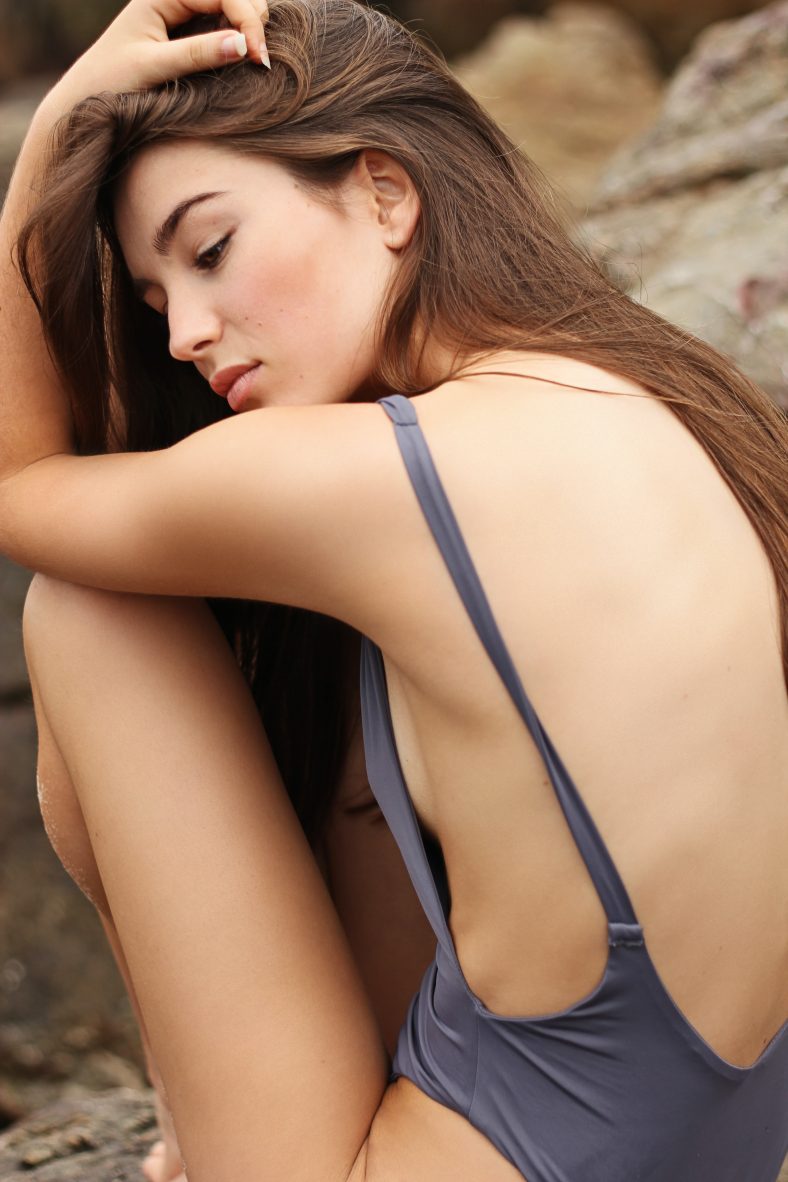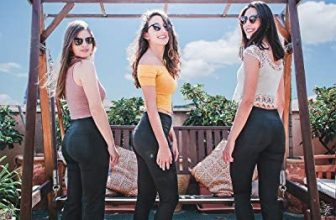
The state of womanhood refers to being a woman, a term that denotes the state of being female after menarche. Femininity is a set of characteristics that is generally associated with a female’s gender. The term feminism has many meanings, and is often associated with different views of gender roles. An archaic synonym for womanliness is ‘distaff’, which is derived from the role of a woman spinning a wheel.
Man’s ‘being-woman’
What is it that makes us a man? We’ve been told all our lives that being male is the highest form of virility, and society reinforces this idea every day. But what does being a man really mean? In this article, we’ll consider some of the societal forces that make us different from our fellow man, and what we can do to change them. In the process, we might end up doing more harm than good.
Woman’s ‘being-woman’
Dembroff and Butler have argued that the term ‘woman’ is socially constructed and never genuinely nonideological. In doing so, it fails to acknowledge the differences that exist among women and the multiplicity of intersections in which women are constructed. These assumptions undermine the argument that women pick out the biological kind and do not choose to become a socially dominant kind. Dembroff also questions whether the term ‘woman’ has any meaning outside of the philosophy of gender.
The term ‘woman’ is a construct of the social construct and the internal understanding of gender. Women have historically been considered to be female regardless of their biology, and ‘being woman’ has become a common shorthand for femininity. While ‘woman’ is no longer an identity, it remains useful as a term to describe a broader community that honors females and enacts femininity.
‘being woman’ defines gender as a series of practico-inert objects and phenomena that are associated with a female body. Likewise, women share certain biological processes and social rules related to the production and use of certain objects and practices. Whether it is the use of pronouns, the way we talk to ourselves, the way we dress, or the social spaces in which we interact with each other, women’s lives are organized around these objects and practices.
Stoljar’s definition of womanhood argues that the concept of woman is clustered, rather than biocentric. This cluster concept implies that women display different arrangements of features across individuals. However, it also highlights how biocentric worldviews have a negative impact on our conception of ‘being woman’. However, these differences are not necessarily the fault of women. As Stoljar argues, women are not the only individuals with biocentric perspectives; men are also not exempt from this view.
Man’s ‘being-man’
The pressure on men today to ‘be a man’ is enormous, says psychologist Michael C. Reichert. In order to prove their masculinity, they are expected to act aggressively and be strong, but that is not an entirely healthy way to live. Instead, men should focus on nurturing their feminine side. Men should also find time to develop their emotional intelligence, according to Reichert. ‘Being a man is about much more than chasing women.’







